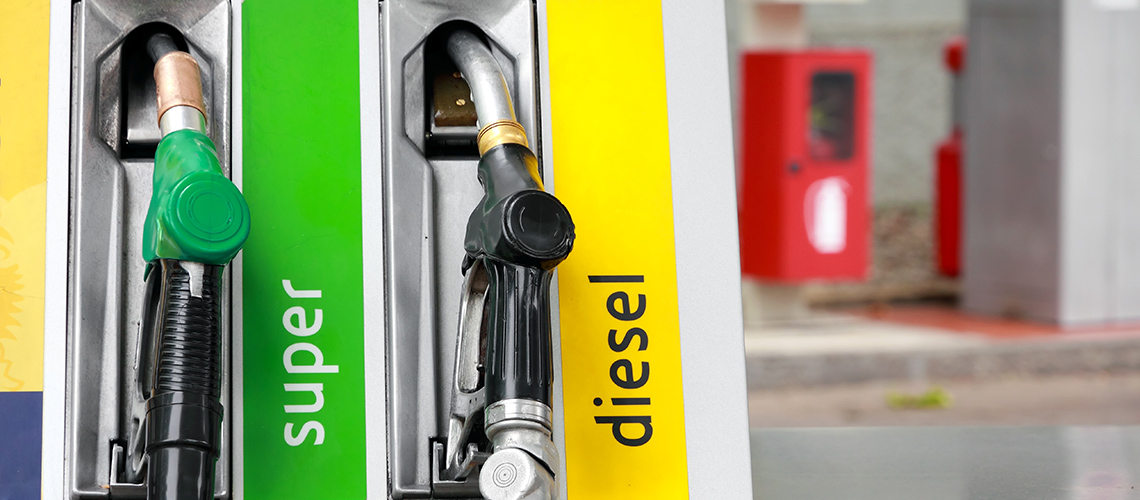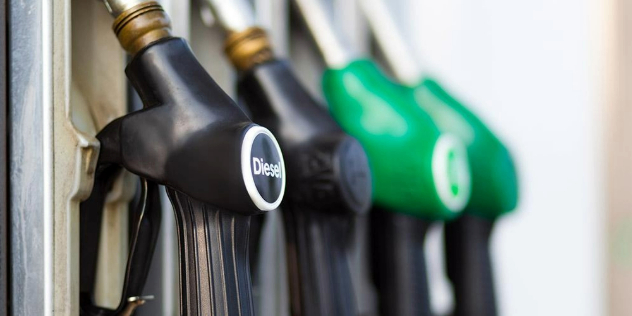
Refuelling your car is a task usually squeezed in between more important things. You pull up at the servo, you’re confronted with four or five hoses and while your mind wanders, you may find the wrong fuel has ended up in your vehicle's tank. This simple mistake can have dire consequences, so it’s extremely important to know what to do next.
If you have put the wrong fuel in your car, don't panic. Instead, follow these simple steps:
Putting petrol in a diesel tank is common, particularly if the vehicle happens to be a dual-cab ute with the large filler neck inlet that accepts hi-flow diesel nozzles.
Old diesel vehicles and stationary diesel engines that power farm machinery may tolerate a small amount of petrol in the system, but not newer common-rail diesels – the tight tolerances built into the fuel system’s design mean even the smallest amount can damage it.
A diesel fuel pump operates on very fine tolerance at high pressures and is lubricated by diesel fuel. When petrol is added to diesel it reduces its lubrication properties, which can damage the fuel pump through metal-to-metal contact and create metal particles causing significant damage to the rest of the fuel system.
Serious engine damage may occur due to detonation caused by uncontrolled petrol ignition under the much higher compression ratio in diesel engines, also known as pre-ignition, detonation or misfire.
If you have the good fortune to realise your mistake before you leave the service station forecourt, don’t try to start the vehicle as this will circulate contaminating fuel through the system. The best-case scenario will involve a call to NRMA roadside assistance and a tow to a mechanic to drain the tank, fit new filters, and refill the tank.
If you try to drive the vehicle, however, it could result in several thousand dollars of repairs to its fuel system and time off the road. If you started your car and drove away before you realised your mistake, stop somewhere safe as soon as you can and switch the engine off to minimise damage.
Attempting to siphon the fuel out of the tank is not recommended – you won’t be able to remove all of the fuel from the tank and could be putting your safety or the environment at risk.

Related: Pros and cons of diesel and petrol cars
Inadvertently putting diesel in a petrol car is more difficult to do. Diesel bowser nozzles are deliberately larger than petrol ones, so won’t fit into the filler neck of most petrol cars.
The result of putting diesel in your petrol car is not quite as catastrophic as when it’s the other way round. The car will usually run roughly and the exhaust will be smoky. But it is still much better not to drive the car no matter which type of wrong fuel you’ve put in the tank.
Using the incorrect grade of petrol in a petrol vehicle has the fewest consequences. Filling up with high octane fuels like 95 and 98RON in vehicles that only require regular unleaded petrol (ULP) will merely damage your wallet at the checkout. Some drivers advocate an occasional tank of premium in vehicles that run on regular ULP, however the benefits for the engine or on fuel consumption remain questionable.
While these engines will usually run happily on regular ULP, with minimal drops in power and performance, it’s best to refill with premium ULP as soon as possible. For engines that require 98RON exclusively, you’ll need to consult the manufacturer’s handbook, as the risk of engine damage is greater. Draining the tank and refilling with the correct grade is the safest course of action in this case.
Damage done to your car as a result of putting in the wrong fuel is not covered under warranty, and your car insurance policy may not provide cover for the mistake either.
The NRMA Motoring Advice team provides professional advice for NRMA members on a range of motoring topics, including what you should do if you’ve put the wrong fuel in your car. You can reach the team on 13 11 22 (Monday to Friday, 9.00am to 5.00pm).